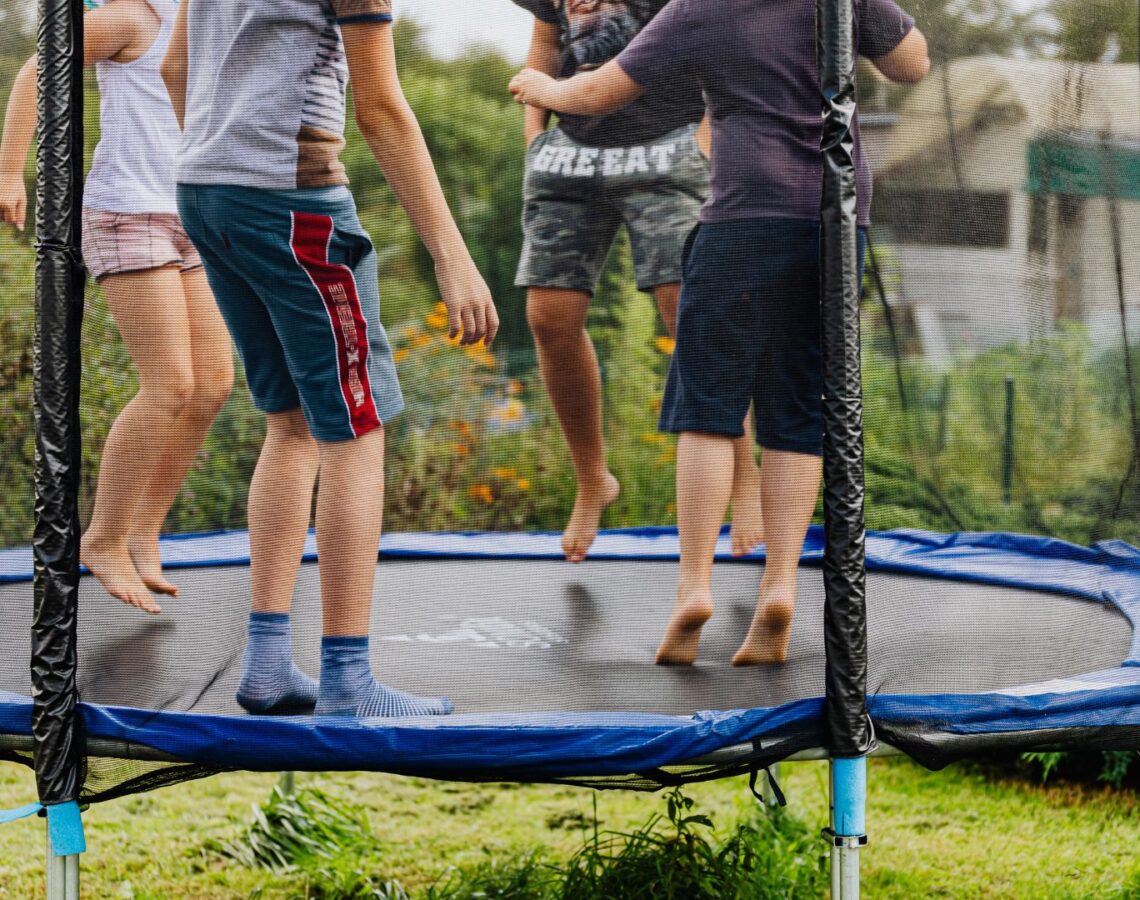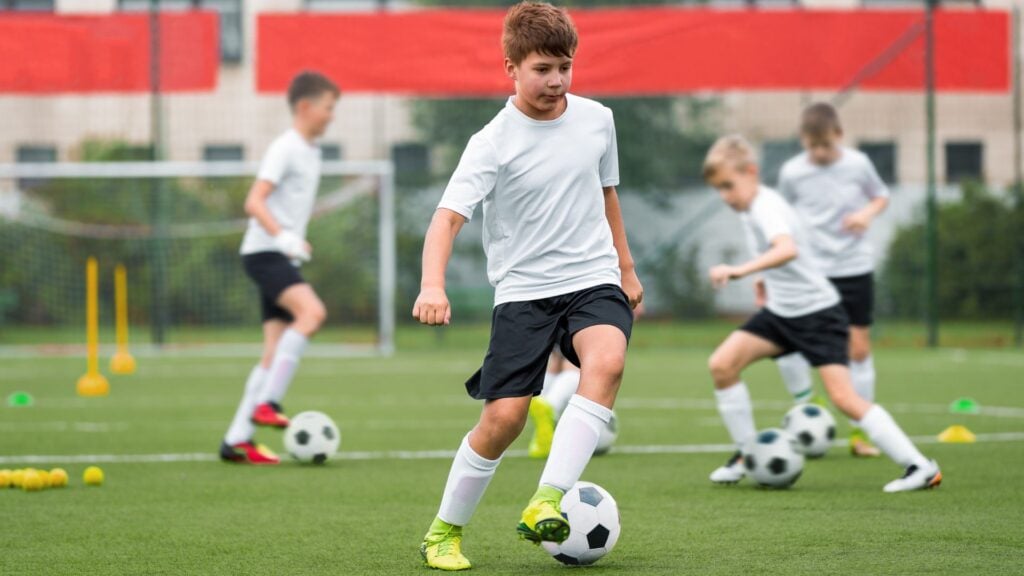Getting kids to move more and sit less

Physical activity and movement are essential for long-term health and forming healthy habits that last a lifetime. Learn how much physical activity to aim for each day, and how to encourage kids and teenagers to move more and sit less!
Only about 1/4 of Aussie kids are meeting the recommended daily guidelines for movement, according to the Active Healthy Kids Global Alliance 2022 Report Card, with Australia graded a D- for overall physical activity among young children and youth.1
The good news is that Australia scores well in other areas, such as our strong sporting culture! (earning a B- grade), with children regularly joining in organised sport and physical activity.1
Physical activity throughout childhood supports healthy growth, improves mood and focus, builds strong bones and muscles, and establishes lifelong habits that may help against chronic diseases.
On the other hand, too much sitting and screen time are linked to reduced health outcomes, including obesity, lower fitness levels, and even mental health challenges.
Even if children are physically active, they may still spend long periods sitting, such as in the classroom, so it’s important to encourage children to move more and sit less throughout their day when they can.
What does being ‘active’ look like for kids and teenagers?
The 24-hour Movement Guidelines recommend that children aged 5 to 17 get at least 60 minutes of moderate to vigorous physical activity every day, plus several hours of light activities.2

Physical activity levels explained:
- Vigorous activity: You’re out of breath and can only say a few words without pausing, like running, jumping, or fast bike riding
- Moderate activity: You can talk but not sing comfortably, like brisk walking, rollerblading, or playing with friends in the playground
- Light activity: You can hold a full conversation easily, such as walking slowly or casual play.
It is also important for children and young people to include activities that strengthen their muscles and bones on at least 3 days per week, such as running, climbing, or swinging on monkey bars.
Achieving 60 minutes of moderate to vigorous physical activity each day may feel like a big change!
Try slowly increasing daily exercise by adding in light activities, such as walking to school, before building up to a more intense level, like bike riding. Walking is a great weight bearing activity, which can support bone health and muscle strength, while bike riding can assist heart and lung health.3 Why not explore these Queensland bike routes for a fun and active family activity.
Getting kids active in Brisbane and the regions
How can parents, schools, and communities help kids move more?
- Add movement throughout the day: Encourage short bursts of activity, like walking to school or playing outside during breaks, not just during sports or PE classes
- Promote active play: Unplanned playtime, especially outdoors, supports motor skill development and encourages children to learn through exploring and interacting with their surroundings
- Limit screen time: Find a balance with recreational screen use so kids have time for more movement in their day
- Lead by example: Children are more likely to be active if they see adults enjoying physical activities!
The key to getting kids and teenagers to move more and sit less is to lead by example and find activities they enjoy. All types of movement, such as active travel, physical play, and organised sports, can contribute to your child’s overall physical, social, and mental wellbeing.

Acknowledgements
Content developed by Health and Wellbeing Queensland’s team of expert nutritionists, dieticians, and exercise physiologists.
References
- Active Healthy Kids Australia (2022). Reboot! Reimagining Physically Active Lives: 2022 Australian Report Card on Physical Activity for Children and Young People. Melbourne, Victoria: Active Healthy Kids Australia https://doi.org/10.21153/ahka2022
- Australian Department of Health, Disability and Aging. Physical activity and exercise guidelines for all Australians. https://www.health.gov.au/topics/physical-activity-and-exercise/physical-activity-and-exercise-guidelines-for-all-australians
- Better Health Channel (n.d.). Cycling – health benefits. Melbourne: Victorian State Government. https://www.betterhealth.vic.gov.au/health/healthyliving/cycling-health-benefits


